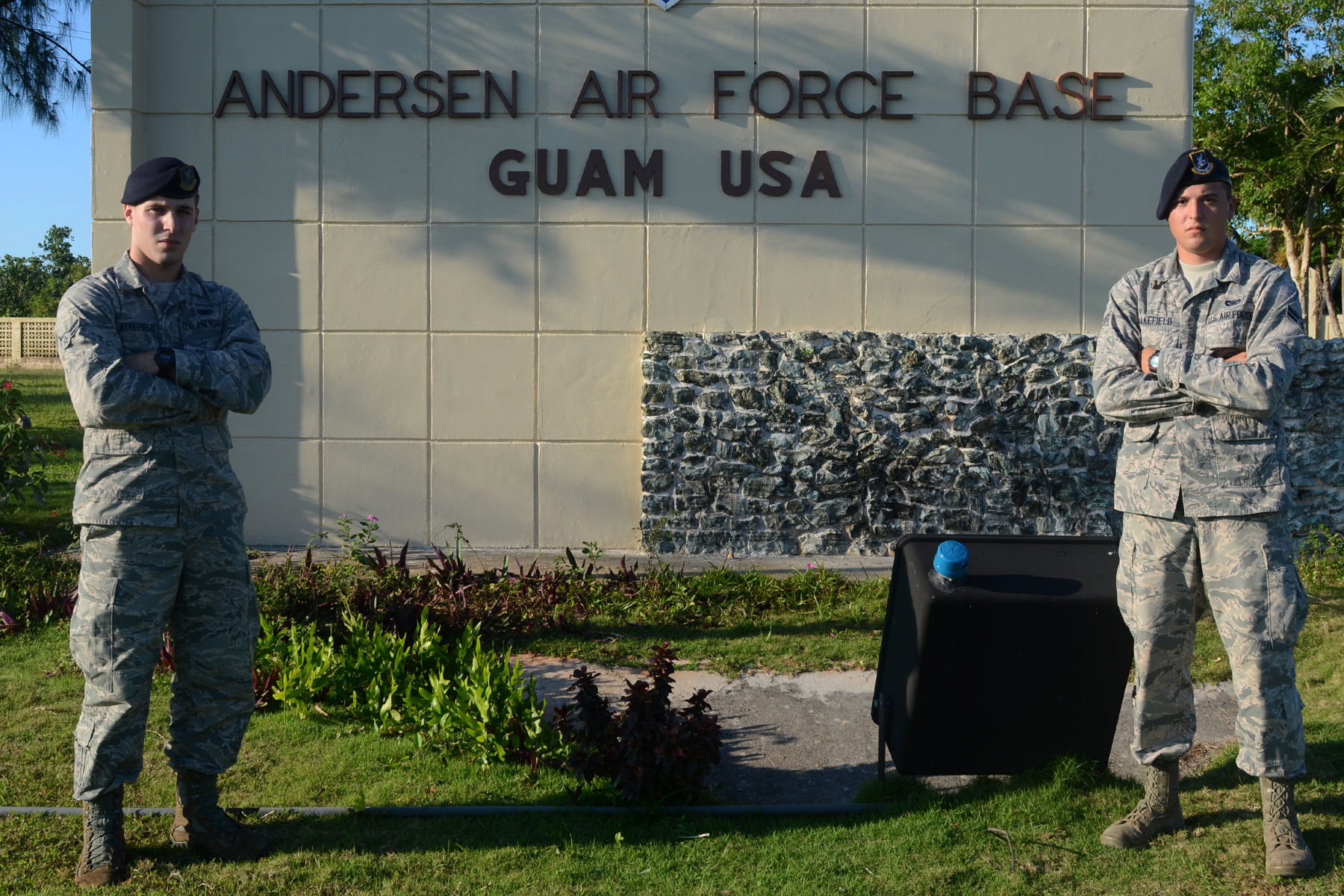By Terri Moon Cronk DoD News, Defense Media Activity
WASHINGTON, September 9, 2015 — NATO faces security threats
on its southern, eastern and northern flanks, Deputy Defense Secretary Work
said yesterday at the Nordic Deputies Meeting at the Norwegian Ministry of
Defense in Oslo, Norway.
The deputy discussed security issues in the northern region
and the changed security landscape in Europe in a panel discussion with the
chiefs of defense from Norway, Sweden, Denmark and Finland and Iceland.
Work said his trip this week to Iceland, Norway and the
United Kingdom focuses on the security challenges the United States and its
Nordic counterparts face in the High North, the Arctic and Baltics, and follows
Defense Secretary Ash Carter’s recent trip to Germany to examine the eastern
threat.
The U.S. and Nordic leaders’ talks centered on the changing
geopolitical security environment in Europe after “Russia's aggressive behavior
in Crimea and Ukraine and the challenge that it presents for all of us in
Europe and in the United States,” the deputy secretary said. Work reiterated
earlier statements by the defense secretary that the U.S. intends to approach
Russia in a very strong and balanced manner.
Work’s Norwegian counterpart, State Secretary for Defense
Oystein Bo, described the Nordic-U.S. consultation as the first to exchange
views on the security situation in the Nordic region and explore joint
cooperation possibilities following Russia’s illegal annexation of Crimea and
destabilization of Eastern Ukraine.
Nordic Concerns Lend Insight, Deputy Says
Listening to his counterparts talk about the “very fluid
security environment that they face, from Russian activities in the High North
to the crisis of displaced persons in the south,” has given him a great deal of
insight, Work said.
Understanding the Nordic leaders’ prerogatives, perspectives
and threats in the region and how the United States and its northern European
partners will mitigate them is vital, the deputy said.
“[The] High North and the north region are absolutely
critical to both European and Trans-Atlantic security,” Work said. “The United
States values the partnerships [it has] in this region, both through NATO and
bilaterally … The close regional cooperation that I heard this morning between
the Nordic countries gives me great, great confidence that we'll be able to
meet any challenge together.”
Ukraine Should Be ‘Whole’ Again
“We continue to call upon Russia to stop its destabilizing
actions and to honor the Minsk commitments,” the deputy said in a press
conference following the panel talk.
“We would like to see Ukraine whole again, and we would like
to have peace and stability in that part of Europe,” he said, noting that the
United States will continue working with its European allies.
“Right now, we believe the right way is through sanctions
and diplomacy,” the deputy secretary said.














